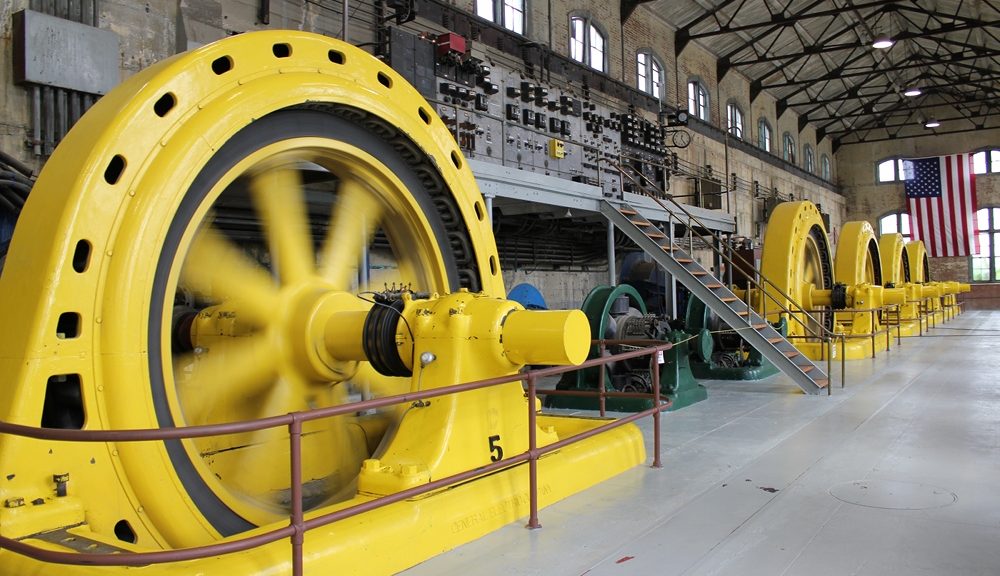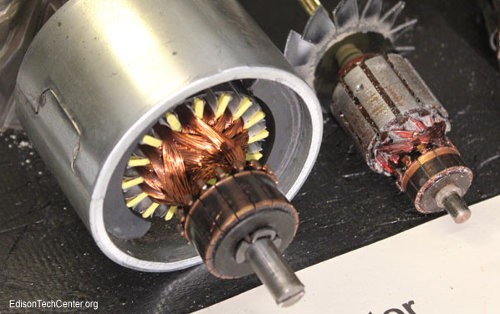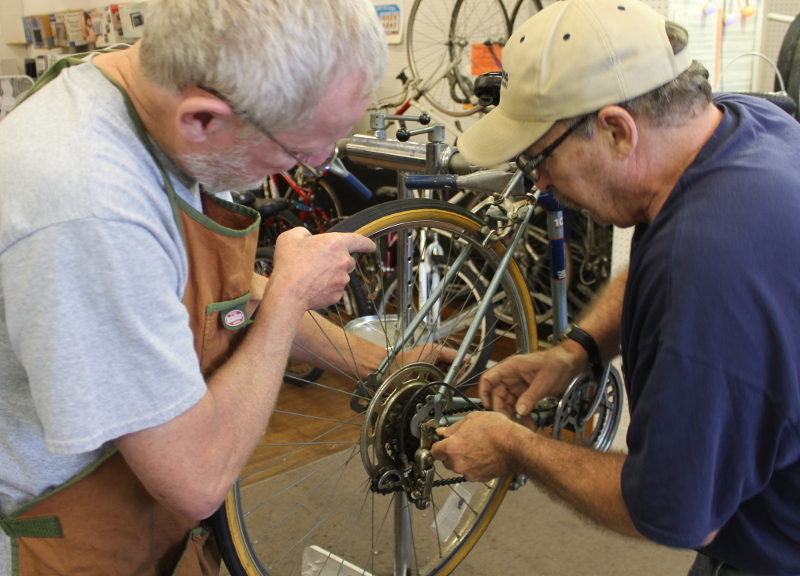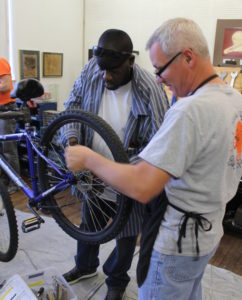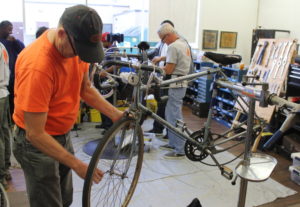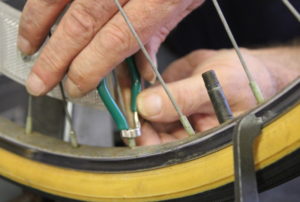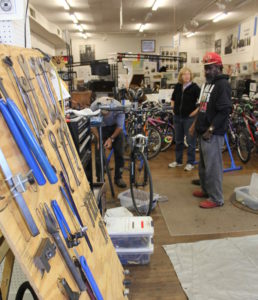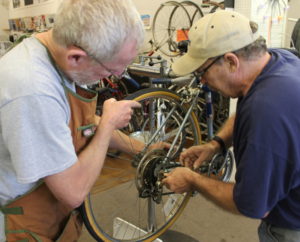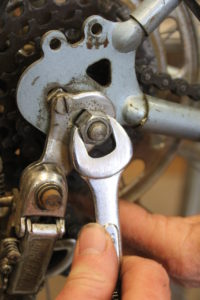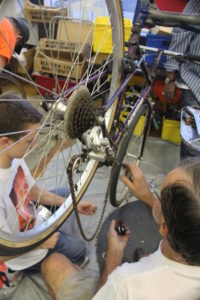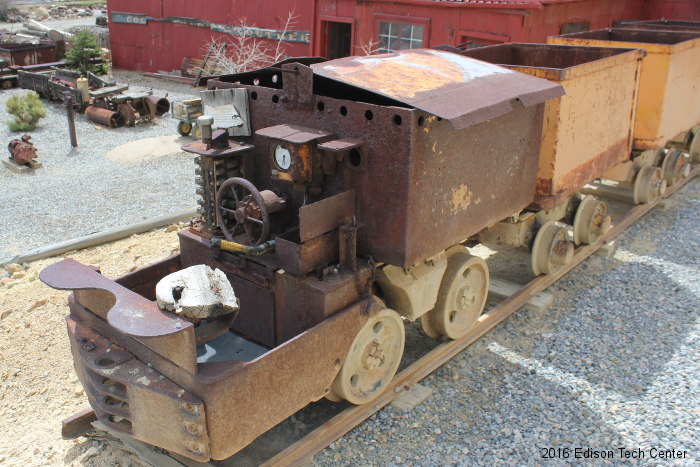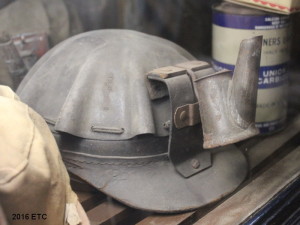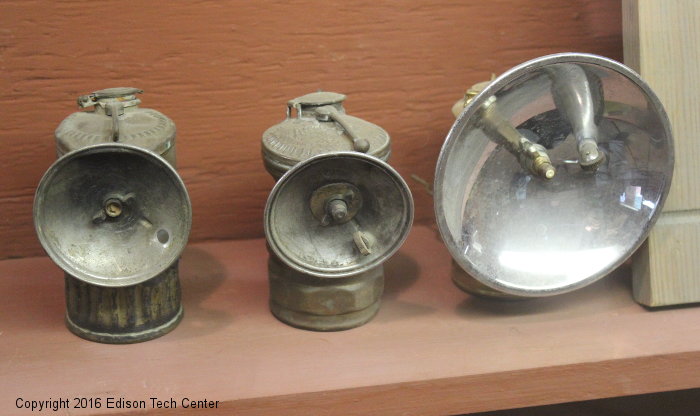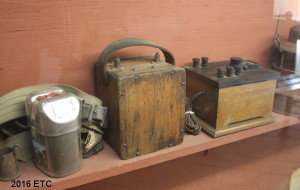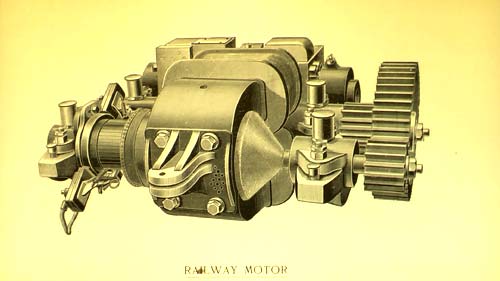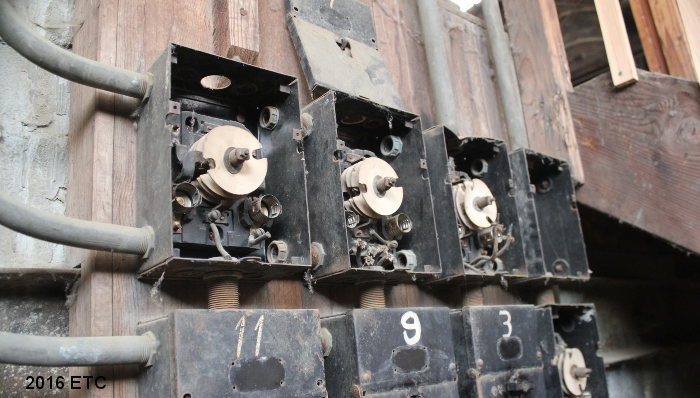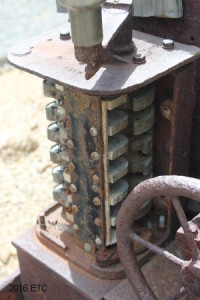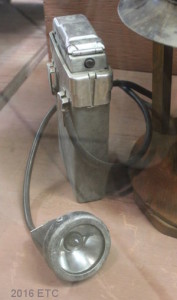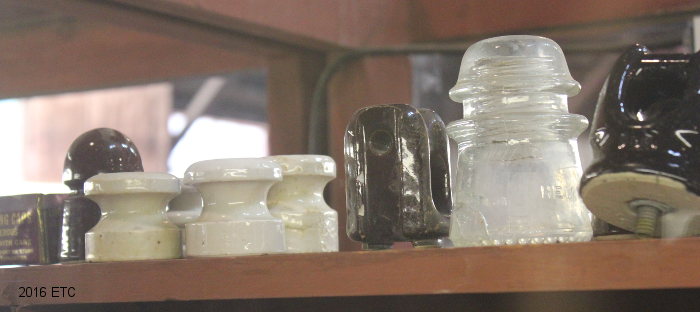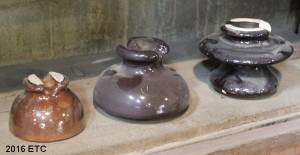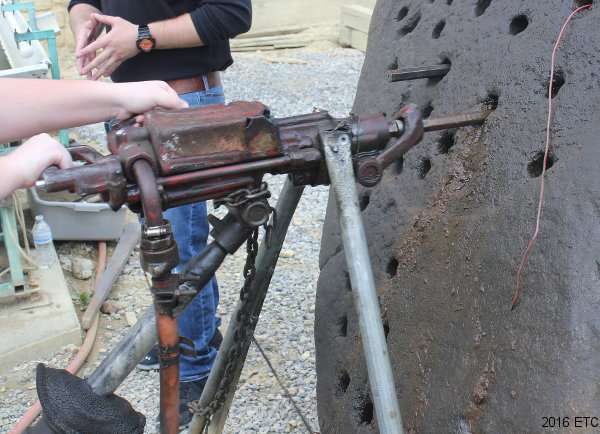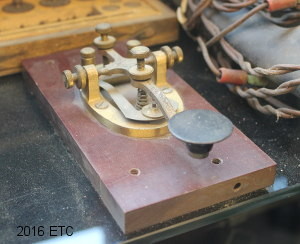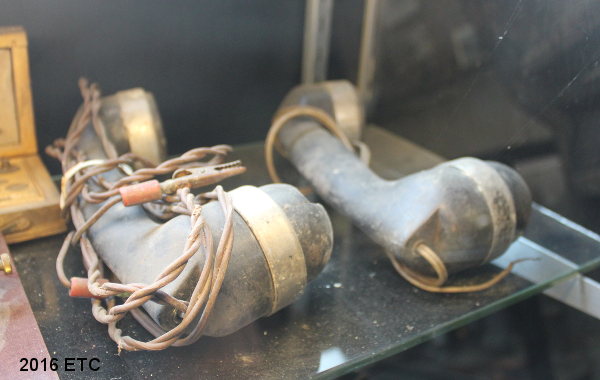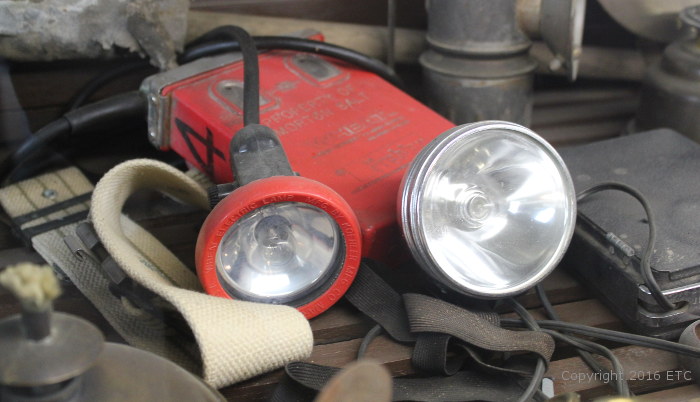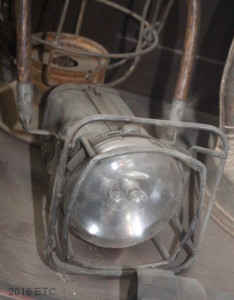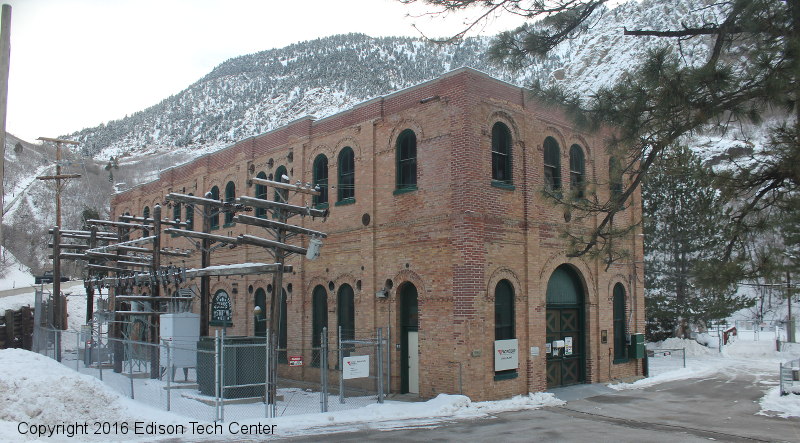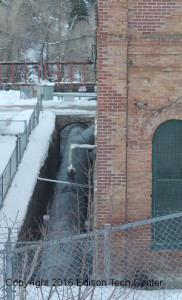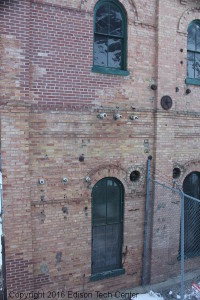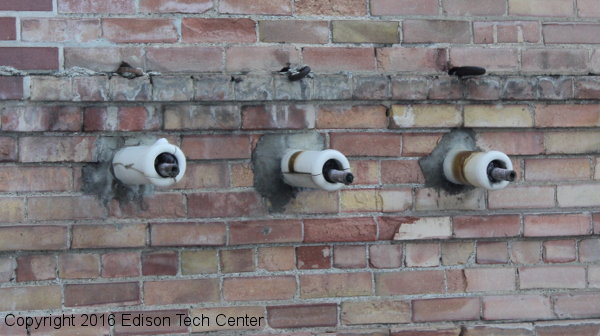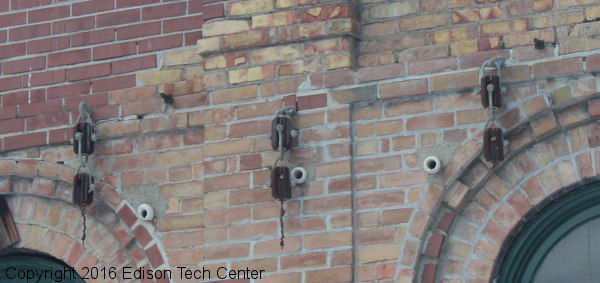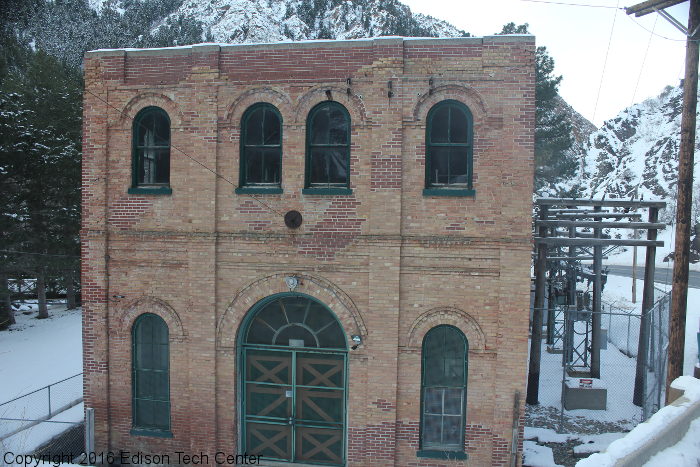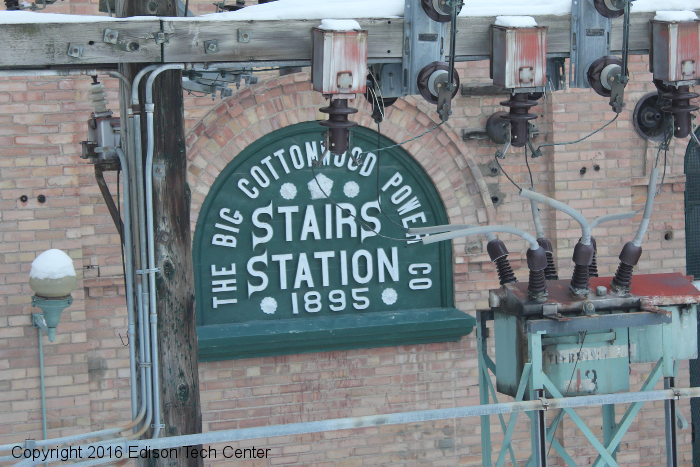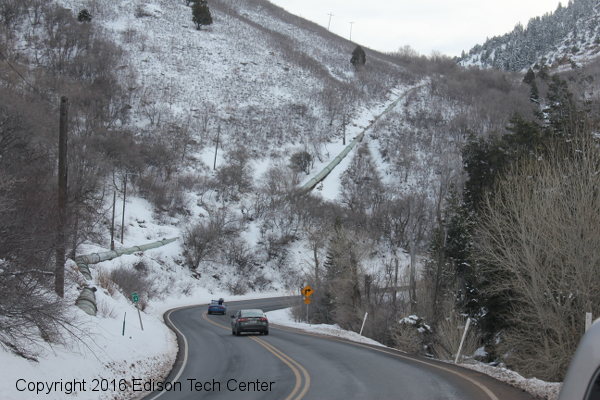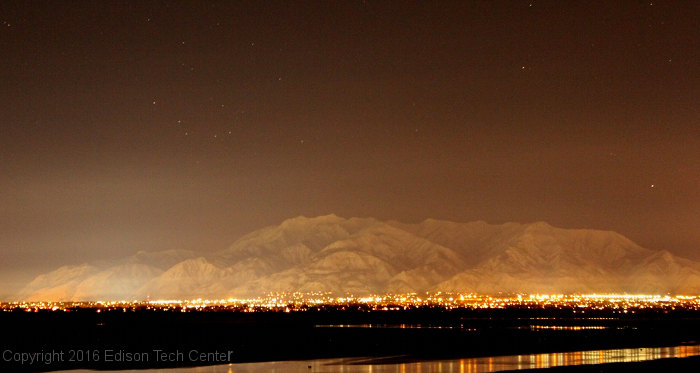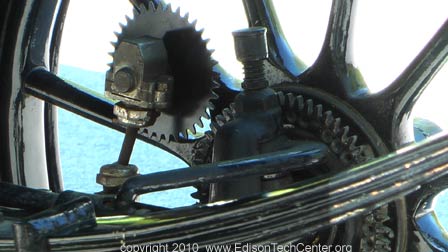1) Most light bulbs today are specified by lumen output. This is measured by placing the lightbulb in an integrating sphere which reflects all of the light output onto a sensor. However, in use, the user is sometimes only interested in the light output over a specific area, like a worktable. This is measured in lux, the intensity of light that hits an area. One lux is defined as the intensity of one lumen measured one meter away over one meter squared (m^2) area. Using Pi in the equation, what is the conversion equation between lumen and lux at a distance r from the lightbulb?
2) How many lux are there on a table one meter wide by one meter long which is illuminated by a 840 lumen lightbulb which is one meter away from the lightbulb?
3) How many lux are there on a table one meter wide by one meter long which is illuminated by a 840 lumen lightbulb which is 1.75 meters away from the lightbulb?
4) If a safety officer says that the illumination of a worktable must be 538 lux, but it is currently measured at 269 lux, how much closer does the lighting need to be to the worktable?
5) If the illumination of a worktable must be 538 lux, but it is currently measured at 54 lux, design a single lens system to increase the lighting to at least 538 lux.
6) If the illumination must be 538 lux, but it is currently 54 lux, and illumination is additive, how many more light bulbs would be needed to increase the lighting to at least 538 lux?
7) What eight year old computer system has sold over 30 million computers?

